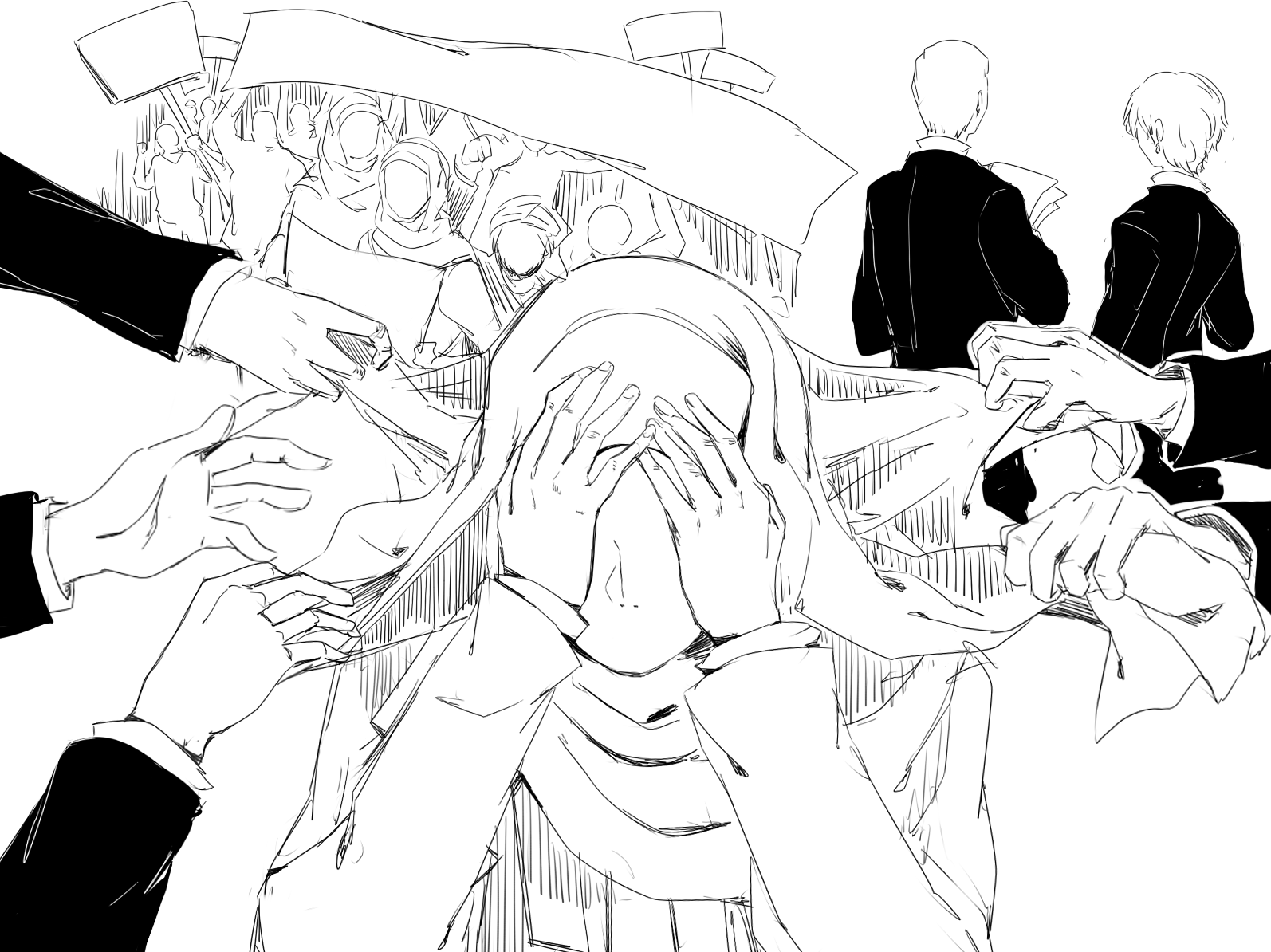This past week, several professors from McGill donned some of the religious symbols that the Parti Québécois (PQ) has deemed ‘ostentatious’ in protest of the proposed Quebec Charter of Values. This charter would forbid public sector employees, including university professors, from wearing such symbols. Among those falling under sanction are turbans, hijabs, kippahs, and large cross necklaces—small jewelry, however, would be allowed. Last week, political science professor Catherine Lu organized a campaign with University of Montreal professor Marie Joelle-Zahar that called for professors to wear these symbols in classes starting on Sept. 12
Many lauded the decision of their professors’ statements—in professor Rex Brynen’s Developing Areas: Middle East class, students broke out into applause when he announced that he would be wearing a kippah the following Monday.
Nevertheless, some criticized the decision of these professors, on the grounds that it amounted to ‘cultural appropriation.’ Cultural appropriation, which can be described as the adopting of ethnic or religious symbols by a different cultural group, is a topic that has drawn considerable attention in the past few years. From H&M’s Native American “hipster headdresses” to the Christian cross trend, to Lady Gaga’s new single “Burqa,” the fashion and entertainment industries have been widely criticized for making light of symbols of identity culture.
Most recently, the topic was addressed when pop star Miley Cyrus’ hyper-sexualized music video and VMA performance of her song We Can’t Stop notoriously included scenes in which she appropriated elements traditionally associated with black hip-hop culture, surrounding herself with black dancers whose sole purpose was to admire her “twerkfest” from the periphery. In this case, there is nothing about Miley Cyrus’ mimicry of black culture that is commendable. It’s a patronizing, self-serving, mockery of what she likely perceives to be a temporary trend. As many have pointed out, unlike those that she is so crassly imitating, she can choose to remove this persona whenever she grows tired of it, while her African-American counterparts do not have that option.
It is instances like this that create such a negative perception of cultural appropriation, but there is a vast difference between this kind of adaptation and the kind that McGill professors have chosen to undertake. While Hollywood and the fashion industry ham-handedly use cultural appropriation for visual aesthetics, our professors have used it as an act of solidarity, a dissent to a proposition that would undermine minority rights at our university. Professor Lu, in particular, has spoken directly to the issue of sensitivity, stating: “I […] take it off once I leave the classroom, so in no way am I adopting a religion and pretending to be someone who is faithful to a religion.”
Lu, whose research interests include several topics that link global issues and ethics, made it clear that she is aware that some may question her form of protest. However, sometimes the most effective protest is not only verbal, but visual. While by ordinary standards it might seem that Lu, who can remove her hijab upon leaving the classroom, is the essence of a privileged outsider, her circumstances are far from ordinary and ought not to be treated as such.
The reason cultural appropriation has earned such an ignoble reputation is because it is rarely implemented in the pursuit of noble causes. Sometimes, however, we have to pick our battles. Our professors are not Miley Cyrus. They are standing in solidarity with people who will be affected by the Charter of Values, and they are fighting a good fight. Sometimes, it really is that simple.
Continuing the campus conversation, hear what Stefan Novakovic, Youcef Rahmani and Nathan Gibbard have to say.








Pingback: A Campus conversation: The Quebec charter of values | McGill Tribune
Pingback: True neutrality cannot be imposed | McGill Tribune
Pingback: Charter represents state-sponsored social division | McGill Tribune